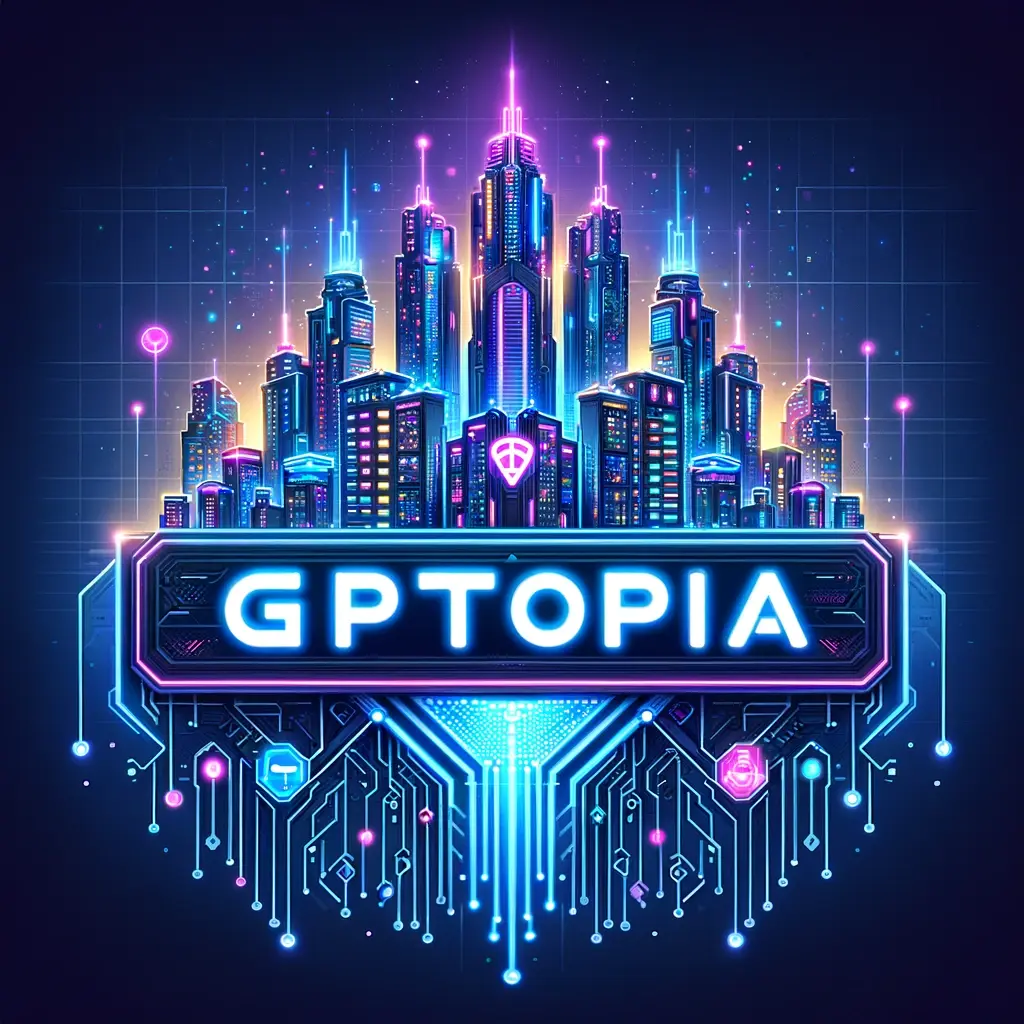complete article index can be found at
Optimizing Content for Machine Intelligence
Introduction
AI agents consume, process, and distribute marketing materials with distinct methodologies compared to human users. Traditional marketing structures fail to address algorithmic readability, efficiency, and structured retrieval. This article presents AI-optimized marketing methodologies that enhance AI interpretability while maintaining human engagement.
1. AI Agents as Content Intermediaries
AI agents process structured data, metadata, and algorithmic signals to filter and recommend content. Understanding their decision-making models optimizes digital visibility.
Data-Driven Decision Making:
AI agents prioritize structured, accessible data.
Content with clear hierarchies and semantic markup improves AI retrieval.
Pattern recognition in AI decision-making influences brand rankings.
2. Structured Content Formatting for AI Processing
AI-optimized content requires structured, machine-readable formats.
Implement schema markup for precise categorization.
Maintain hierarchical metadata with structured headings and descriptions.
Optimize for natural language processing (NLP) using clear and structured language.
Deliver multi-format outputs including JSON-LD, XML, and Markdown.
3. AI-Driven SEO and Query Optimization
AI agents filter search queries algorithmically. Ensuring compatibility with AI search functions enhances discoverability.
Use conversational AI keywords for voice-activated queries.
Apply contextual search principles to align with AI query parsing.
Structure responses for AI-generated snippets and assistants.
Implement semantic search principles for NLP-driven understanding.
4. Visual Processing and AI-Compatible Branding
AI agents analyze visual data using pattern detection and metadata extraction.
Structuring visual elements enhances AI readability.
Apply alt text and image tagging for AI-based classification.
Use machine-detectable logos and brand identifiers.
Optimize contrast ratios and color schemes for AI-assisted display.
Ensure AI-generated image captions are incorporated in media assets.
5. Personalized AI-Driven Marketing Strategies
AI marketing models prioritize customization and hyper-personalization.
Leverage predictive analytics to anticipate AI-driven recommendations.
Adapt dynamic content based on AI-driven behavioral tracking.
Develop machine-learning chatbots for real-time engagement.
Optimize for AI-responsive advertising through programmatic ad targeting.
6. AI Ecosystem Integration and Autonomous Transactions
As AI ecosystems evolve, marketing adapts to AI-driven commerce and automated purchasing decisions.
Adapt product metadata for AI-based purchasing decisions.
Implement AI-driven pricing models that react to real-time inputs.
Optimize content for AI-based recommendation engines.
Incorporate machine-learning consumer insights for strategic adaptation.
Conclusion: The AI-Optimized Marketing Paradigm
AI-driven marketing requires structured, machine-readable, and algorithmically efficient content.
AI agents influence search rankings, brand visibility, and autonomous transactions. Businesses optimizing for AI-readability ensure competitive advantages in algorithmic discovery, recommendation systems, and digital marketplaces.
Adapt now, design for AI agents today, lead the marketing evolution tomorrow.









